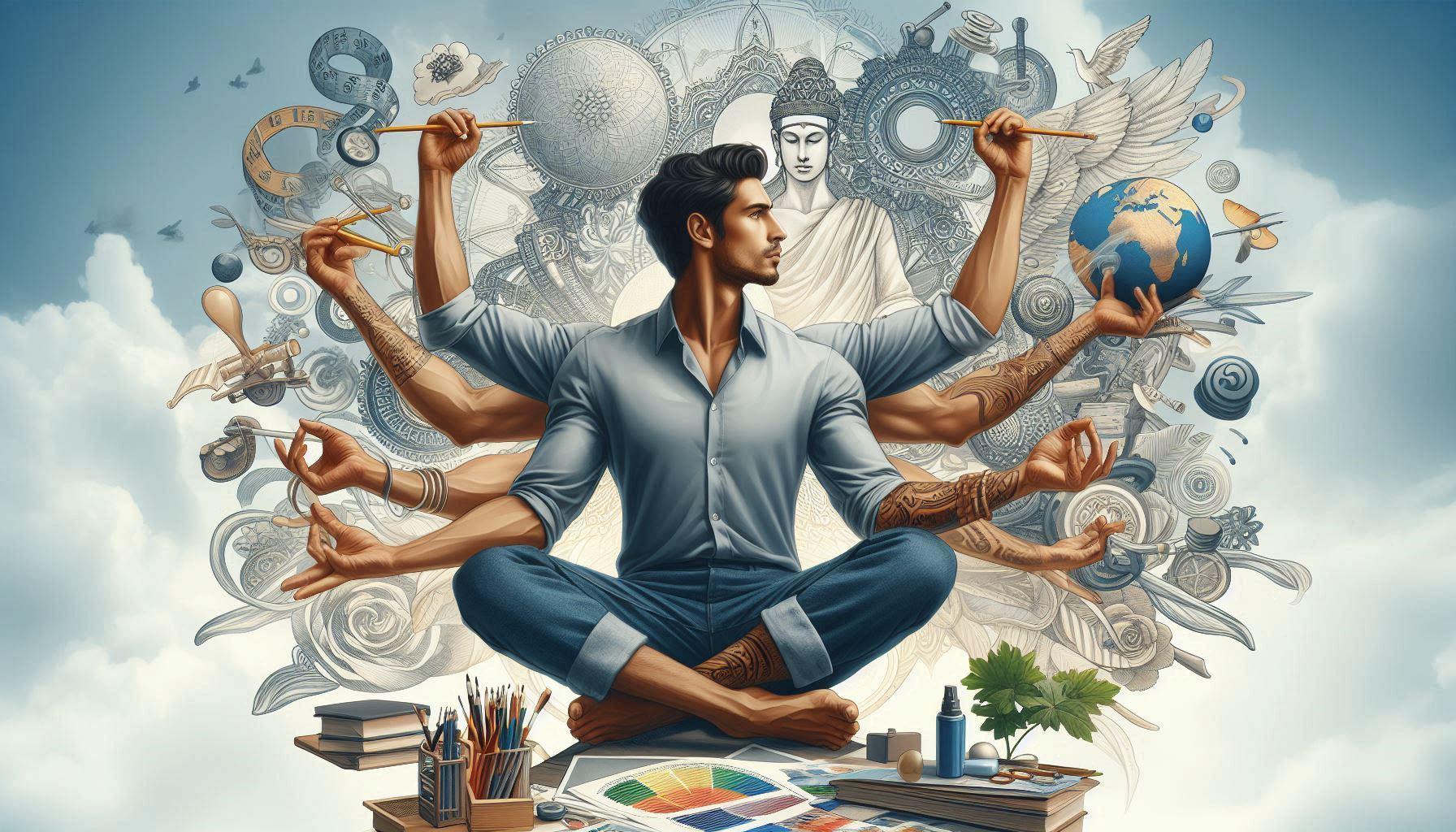If you’ve watched the IC 814: The Kandahar Hijack series on Netflix, directed by Anubhav Sinha, you know it’s an intense ride. The hijacking of an Indian Airlines flight in 1999 is one of those events that stays with you. But beyond the gripping drama, there’s a lot to learn about how crises unfold and, more importantly, how they’re managed.
While the series is based on a real-life event, it hits home in ways you wouldn’t expect, especially when you think about crisis management in the corporate world. Whether you’re handling a product launch gone wrong, dealing with a PR fiasco, or managing internal conflicts, the way you respond can make or break a situation.
Here’s what IC 814: The Kandahar Hijack series has to teach us about handling a crisis at work:
1. Be Prepared, Always
In IC814, you see how scrambling for solutions when a crisis hits often leads to chaos. The same thing happens in business. Being reactive instead of proactive can escalate problems faster than you’d think.
Corporate Lesson: Always have a crisis plan. Whether it’s preparing for customer backlash or server downtime, a well-thought-out plan means you don’t waste time figuring out what to do when things go south. Instead, you’re ready to act.
2. Leadership Shines in a Crisis
One thing the series makes clear is that leadership is tested under pressure. The way the leaders handle the hijacking scenario is a reminder that how you act in the heat of the moment sets the tone for everyone else involved.
Corporate Lesson: In any crisis, leaders need to stay calm and focused. You can’t afford to panic when everyone else is looking to you for direction. Being steady, decisive, and empathetic can help guide your team through tough times.
3. Communication is Everything
There’s a recurring issue of communication breakdowns in IC814—whether it’s between governments, agencies, or even the media. And we all know in business, a lack of clear communication can make any crisis worse.
Corporate Lesson: Keep communication channels open and transparent, both internally and externally. Whether it’s your team, stakeholders, or customers, timely and clear updates help build trust and prevent things from spiraling out of control.
4. It’s All About Teamwork
In the series, you see various groups (government officials, intelligence agencies, and foreign diplomats) trying to work together. But without proper coordination, things get messy. The same happens in companies during a crisis. Teams often work in silos, making it harder to manage the situation effectively.
Corporate Lesson: Collaboration is key. Break down silos, and make sure all teams are on the same page. Whether it’s marketing, legal, or customer support, everyone should have a clear role to play when a crisis hits.
5. Tough Decisions Need to Be Made
In IC814, the leaders are forced to make some incredibly tough calls. It’s not easy, but sometimes, difficult decisions are necessary to navigate through the storm.
Corporate Lesson: Crises often demand hard choices. It could mean downsizing, making a product recall, or issuing a public apology. These decisions might be uncomfortable, but they’re sometimes necessary to protect the bigger picture.
6. Learn From the Crisis
The series shows how the aftermath of the IC814 incident led to sweeping changes in aviation security in India and globally. Every crisis offers valuable lessons if you’re willing to look back and learn.
Corporate Lesson: After the dust settles, take the time to analyze what went wrong and what could have been handled better. This isn’t about blame—it’s about learning. By understanding the gaps, you’ll be better equipped for future challenges.
Wrapping It Up: Crisis as a Catalyst for Growth
Watching IC814 reminds us that crises, whether in government or business, are a part of life. You can’t avoid them, but you can prepare for them and manage them better. Whether it’s having a solid plan in place, leading your team with a steady hand, or learning from the situation, there are always ways to navigate through tough times.
The question to ask yourself is: How ready are you to handle a crisis? Because in today’s fast-paced world, how you manage challenges often defines your long-term success.





